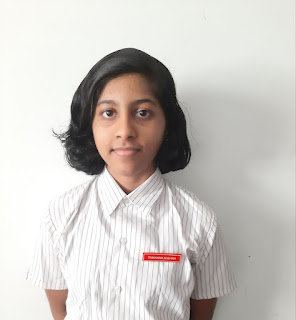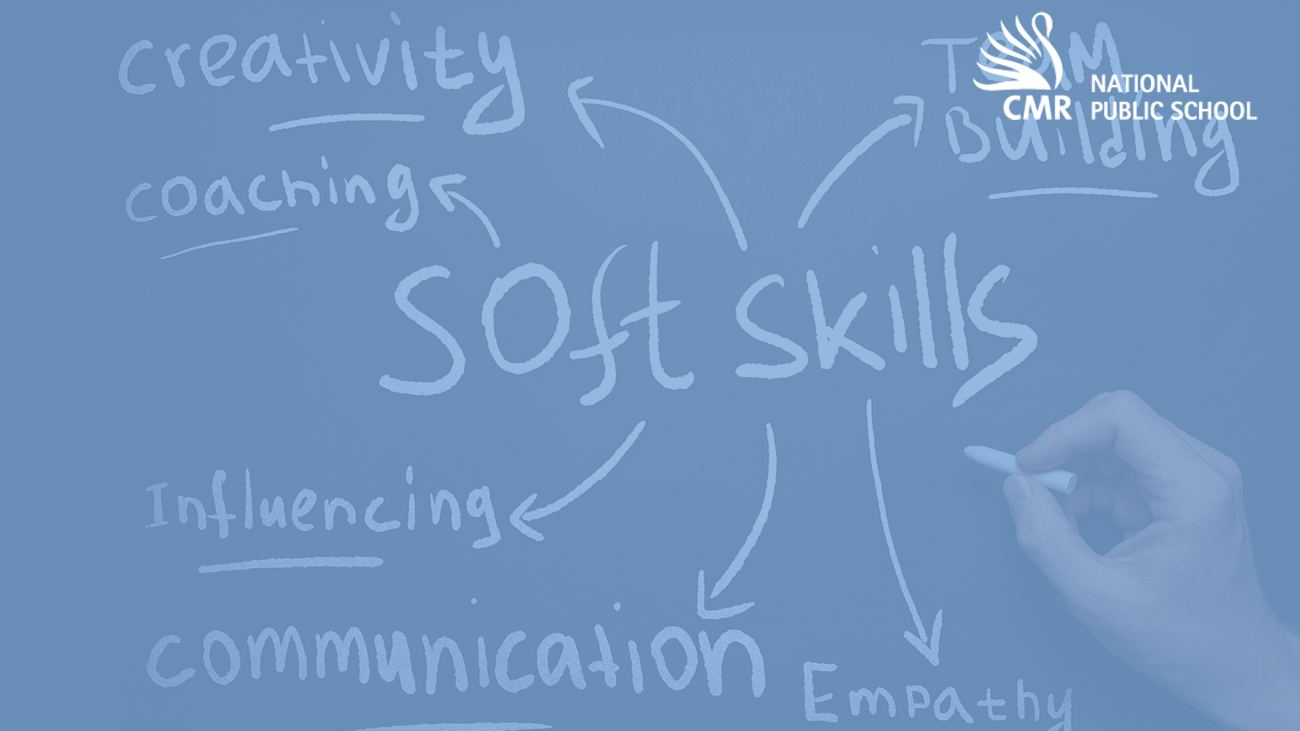In today’s digital era, knowing how to use the internet securely and efficiently has become very important. Thus, to provide us with knowledge about cyber security, the enterprising leader with a solid record of contributions that streamlined cyber security operations and the vice-president of SISA Infosec Technology, Mr. Mahendran Chandramohan, was welcomed to our school.
He started with how digital transformation positively impacts human life and is present everywhere (it is used everywhere, like in the fields of biotechnology, healthcare, math, engineering, etc.).Cyber security is the ‘art and science’ of safeguarding computers/networks from external threats. It impacts people’s lives.
However, there are also many drawbacks to the cyber world. More digitalization has increased the risk of cyber attacks. The steps of cyber attacks include reconnaissance (gaining information about the victim), weaponization, delivery exploitation and installation, command and control (taking control of the victim’s computer) and extraction of their data.
Some of the Personally Identifiable Information, or PPI, can be easily used to recognize us. For example, date of birth, home address, email address, passport information, biometric data, etc. Nevertheless, there are also ways to protect our information, like Multi-Factor Authentication (MFA), which is a way to protect our data from others. It includes our PIN, password, OTP, fingerprints, etc.
We were familiarized with encryption, which protects information by encoding it and can only be understood by the person you are writing to, and decryption, which is decoding the data. Cyberbullying means having mean or hurtful behaviour online, and it is better to ignore their comments online and tell an adult about it.
Mr. Chandramohan told us for digital security; it is advisable to change the passwords regularly and not give any default password, use guest networks rather than personal networks, and not download any unnecessary apps as they might also contain viruses. The characteristics of a strong password are length, complexity, unpredictability, fewer repeated characters and regular updates. After each sub-topic, all the students were involved in quizzes.
This session was critical and informative. I was happy that I got a chance to be a part of it. I always wanted to know more about our digital security, and it was the best opportunity to get to know and learn more about it in an exciting way. I thank Mr Mahendran Chandramohan for taking his valuable time to give an expert talk to us.

Tamanna Mishra
VIII A


